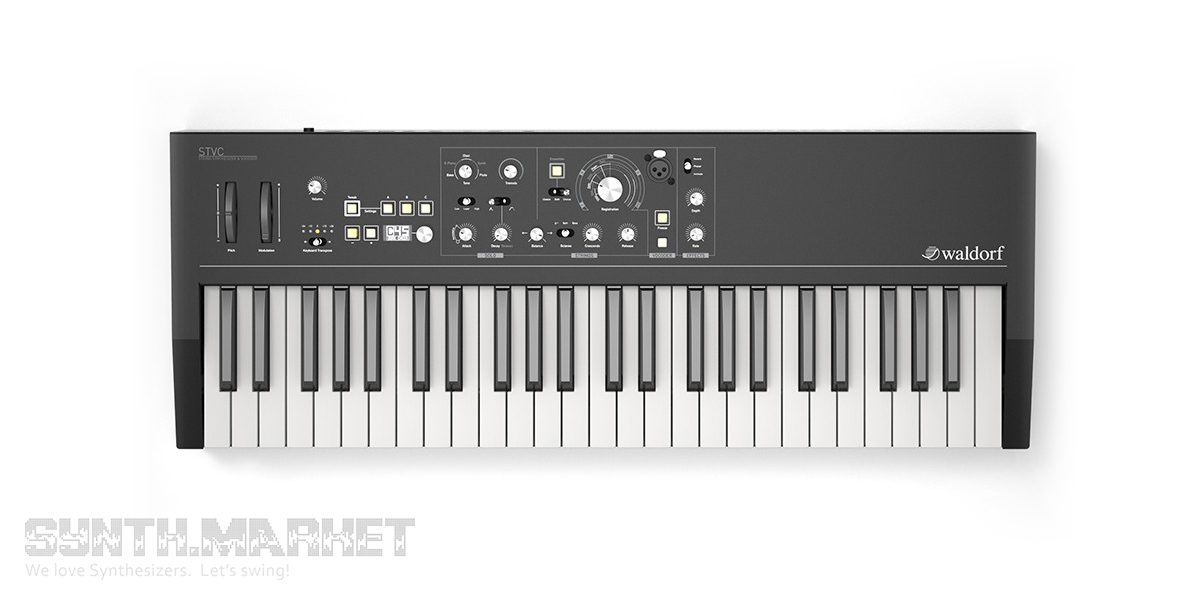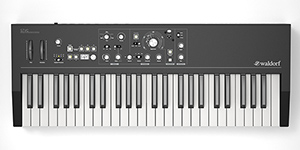Synthesizers&KeyboardsSound Module/ Tone GeneratorModular SystemsDrum Machines, Percussion SynthsOtherDJSoftwareSamplers
Arranger, Arranger Workstation91Chromatic Keyboard5Digital Organ/ Organ Synthesizer47Extensions64Keyboard/ Piano154Keytar7MIDI/ USB Controller93Performance Synthesizer330Synthesizer414Workstation194Full list of categories
Electric GuitarsProcessors, Effects, PedalsAmplifiersTuners&metronomes







